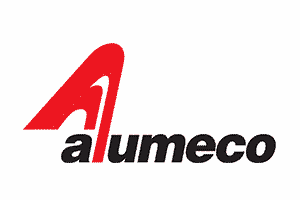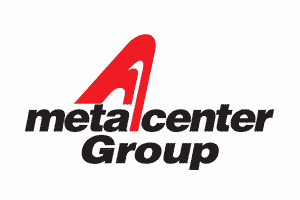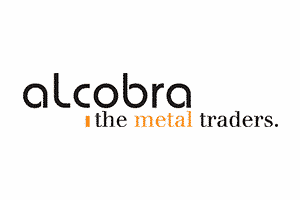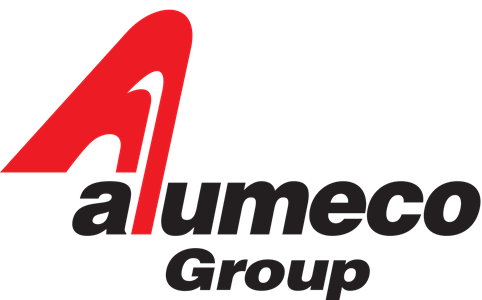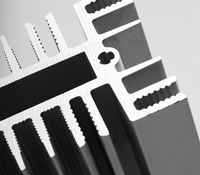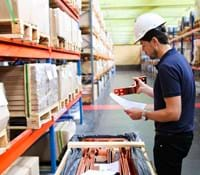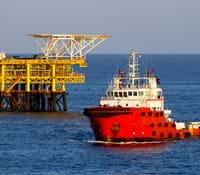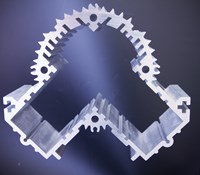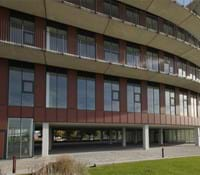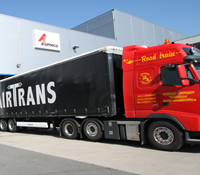Corrosion of aluminium surfaces

Direct decomposition of an aluminium surface is called corrosion or corrosive attack. The most common types of corrosion are:
Galvanic corrosion
Galvanic corrosion occurs when metals break down each other.
If the aluminium comes into contact with a more noble metal (such as copper, zinc and certain types of steel), aluminium will be broken down.
It is therefore problematic for example to combine aluminium and galvanised steel because galvanised steel is covered with zinc, which is more precious than aluminium. Hence, it is aluminium and not the galvanised surface that will be broken down.
Examples of typical damage in connection with galvanic corrosion:

Pitting corrosion
Pitting corrosion most often occurs as local damage to the aluminium surface and usually results in aesthetic damage rather than functional damage.
Pitting corrosion can occur if the aluminium is in a very damp environment where there are often salts present.
For example, it occurs in common dirt and debris as well as in environments where the water cannot be led away from the metal.
Examples of typical damages in connection with galvanic corrosion:


Aluminium in maritime environments
If aluminium is to be used in maritime environments and thus must be resistant to seawater in order to prevent corrosion, it is recommended pursuant to standard EN13195: 2009 to use a large proportion of 5000 and 6000 series alloys for maritime projects. Alloys 5083, 5754, 6060 and 6082, among other things.
For maritime aluminium structures it is recommended further, pursuant to EN1999-1-1 (Eurocode 9) to use screws, bolts and other connection elements in the material A4 316 - acid- and rustproof. If these are not used, there is risk of galvanic corrosion.
Acids and bases are damaging to aluminium
The optimal pH value for the oxide layer is in the range 4 to 9. Acids and bases break down the oxide layer, thereby opening up the raw aluminium surface. If aluminium is exposed to very strong acid or alkaline environments outside the pH range 4 to 9, violent corrosion will occur in the form of metal pitting.
Bases break down the aluminium faster than acids - for example concentrated caustic soda reacts so violently with aluminium that it can start to boil. The reaction is powerful and causes the temperature to rise, and the higher the temperature, the faster the reaction is. Thus, the reaction between aluminium and the base is self-accelerating and can accelerate violently. An example of a common alkaline material is concrete, which normally has a pH value of between 12.5 and 13.5. Concrete can therefore cause damage to the aluminium surface in the form of pitting.


